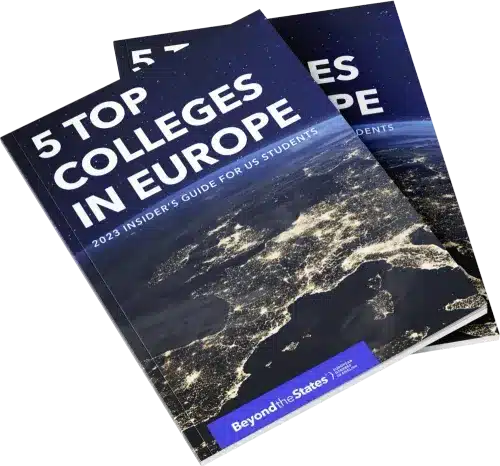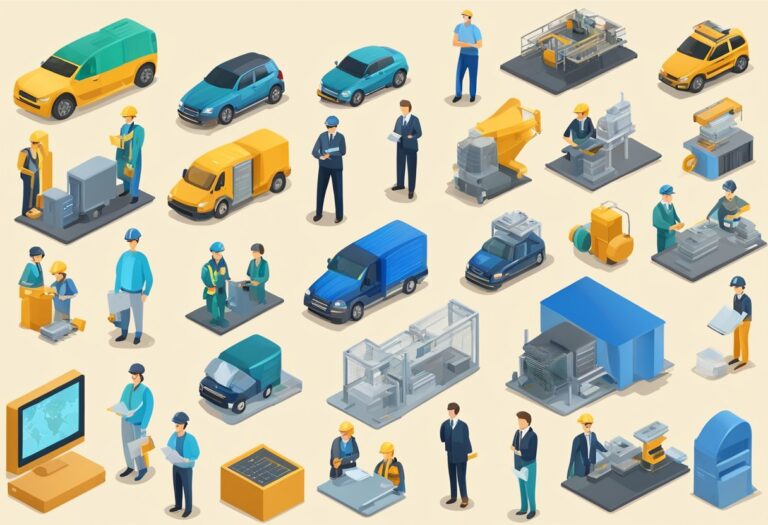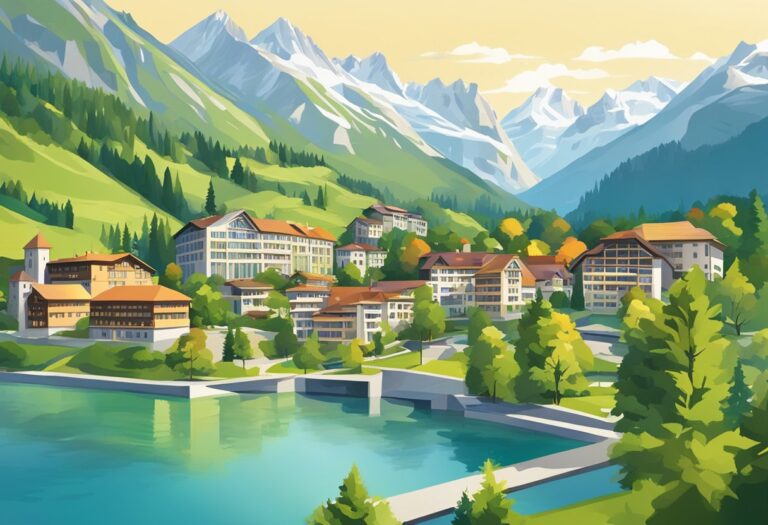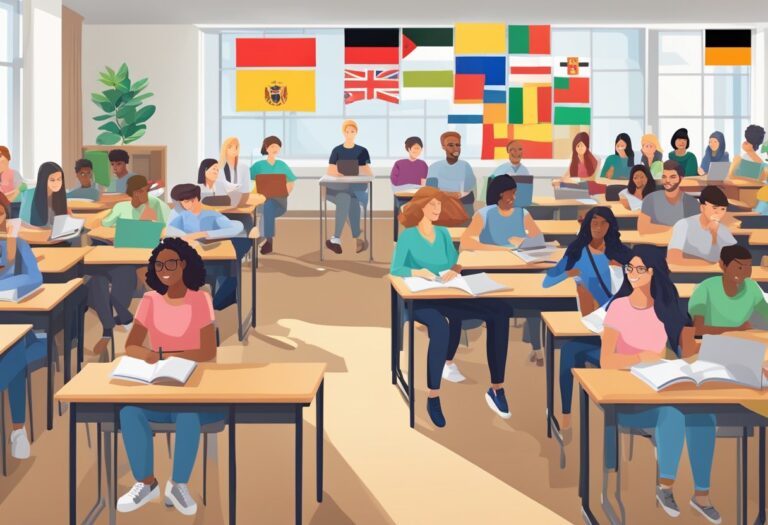The Power Behind Problem-Based Learning in Europe
I’ve received several emails since my last blog asking about Sam’s program at Erasmus University Rotterdam. Just like the full university name (I’ve been told that Erasmus University is not accurate, without the Rotterdam at the end…), the program name is also a mouthful. Sam is in the Management of International Social Challenges program. Students in this program learn about international problems that are multidisciplinary in nature. These include issues like “migration, pandemics, terrorism, climate change, economic stability, international crime”, and more. Students learn to look at and analyze these issues through the lens of a variety of disciplines, including sociology, economics, political science, management, international law, and public policy.
FREE INSIDER’S GUIDE

Top 5 English-Taught Colleges in Europe
Kickstart you education abroad with a powerful degree taught entirely in English, all without taking on any student loans!
As I mentioned in my last blog, one of the standout features of this program is it’s use of Problem-Based Learning (PBL). This is an educational approach used at a few Dutch universities. Maastricht University, for instance, uses it for all their programs while EUR uses it for just a few of their programs. This approach, along with the block schedule, has impacted Sam’s education experience in tremendous ways!
Maastricht in particular has loads of info on PBL, which is where I first learned about it. There are a lot of phrases describing it that I feel strongly about…. Things like critical thinking, understanding not memorizing subject matter, public speaking, relevancy, active learning, self-direction, collective learning. I understood that the approach has these values/goals that I think are important in education (and in life!) and I understood that these goals are achieved through small group sessions that are structured in a systematic way, but I couldn’t really wrap my head. Luckily, I’ve been about to pick Sam’s brain and look at some of his course material to get a deeper understanding. I thought it might be helpful to go through an actual example to demonstrate how it works.
Sam has two classes during each of the five week blocks. One is an academic skills classes and the other is specific to the social challenges issue. The first two blocks were for the Globalization and Society class, with block one focused on culture and society and block two focused on politics and economics. He has one lecture each week for Globalization and Society. In addition, he has one discussion group and two PBL groups each week for the course.
Sam’s PBL sessions are made up of ten students, and the group is the same for the entire five week block. While the weekly course discussion sessions allow students to become familiar with others, these intense sessions allow them to really start to get to know each other as work continues outside of the sessions as well.
Each PBL session has a “problem” assigned, though I think of it more as a topic that students that students then identify problems around. For instance, problems for the first block included things like Globalization and Crime, Cultural Identity, Migration, Ancestral Homelands and Global versus Local. There are certain facts, research findings, or questions that students are provided with, but that is all they come into the session with.
PBL sessions use a step by step process to explore that particular topic/problem. First, the tutor assigns a scribe and a chair for the session. The chair leads the session and the scribe takes extensive notes that the students have access to. Other than that, the tutor’s only role is to get the discussion back on track (if needed), assign breaks, and provide participation grades.
The problem I will use for this example is from the second block. The topic for the week was around whether globalization improves of worsens inequality. The basis for each side of the argument was presented and the goal of the session was to look at different countries (which were assigned) and determine whether globalization improved or worsened inequality in that particular country.
The first step in the process involves discussing the assigned topic, making sure everyone understands it, and defining any unfamiliar terms. In this group, there were no unfamiliar terms and students progressed quickly to the second step.
The second step involves defining the actual problem and identifying the questions that they need to answer in the process. This step is not about answering these questions, just identifying them. Sam’s group came up with questions like:
- What is inequality?
- Does inequality increase with the progression of globalization?
- Does economic growth lead to inequality?
- Which countries are negatively and positively affected by globalization?
- Does inequality increase with the progression of globalization?
The next step in the session is brainstorming around the questions they just came up with and the factors that play into the problem. For this session, students first came up with a rough definition of inequality to use. They then looked at different variables regarding each of the countries assigned. They looked at when poverty began increasing or decreasing in each of the countries, they looked at education changes in each of the countries, and several other factors including equality, GDP and life expectancy. They also discussed relevant factors like the Lorenz Curve and Gini Coefficient.
The next step is problem analysis, which is primarily about structuring the information from the brainstorming session. This leads to the final step of this session, which is formulating learning objectives. Students in this session realized that further learning was needed around two key questions.
- How do we measure inequality?
- What factors lead to inequality?
In between the PBL sessions, students complete the next PBL step which is to work independently on these questions, using the course texts and other identified material and come back to the next session with the information they gathered. So, in fact, the first half of each PBL session is actually a discussion of the previous topic. Students go around the group and talk about their findings, citing their sources and discussing the findings before moving on to the steps noted above for the next assigned problem.
There is just so much I love about this process. As a former therapist, I spent many sessions teaching teens, parents, and spouses effective communication skills. Part of the PBL process teaches students to debate their differences of opinion in respectful and elicit meaningful discussion. If only every college aged student could learn those skills!
The academic skills classes that students take each block also tie into the skills they’ll use in PBL sessions (many of which are also useful in life as well). In addition to the more basic skills classes they take in the beginning, they also have skills classes in Research Design, Literature Review, SPSS, Interviewing, Argumentative Writing, Presenting, Negotiating, Professional Conduct, and Data Analysis.
Finally, I really love how this engages the student in the learning process. It’s not just about going and reading the assigned text between classes. It’s about active study strategies, critical thinking, applying theory to relevant real world issues, and doing your part as a member of a group. Learning to learn is such an important piece of being a student. I think this structure provides students with the skills and resources needed to effective learners as students and-just as importantly-how to apply those skills to their lives beyond.










